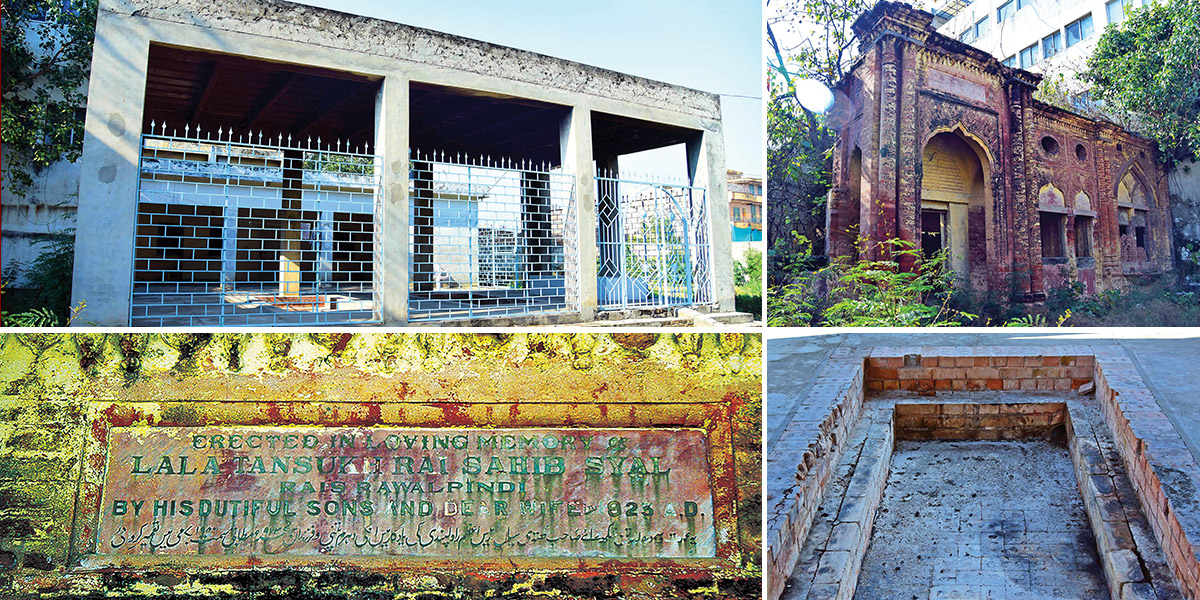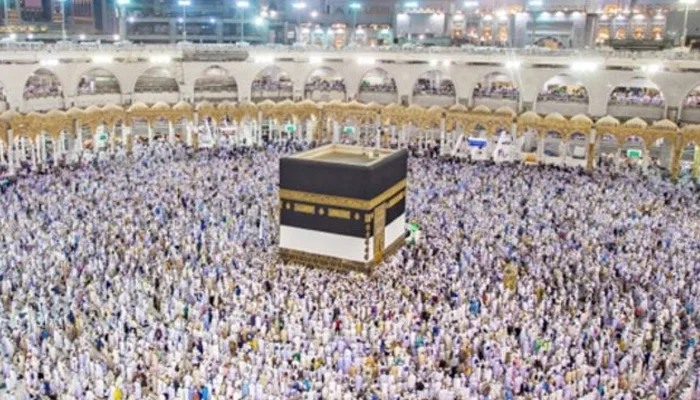ISLAMABAD: Right in the middle of the thickly populated area at Tipu Road lies an over century old shamshan ghat (cremation centre) — the only such place in Rawalpindi that is providing the Hindu community a place to carry out last rites for the deceased.
The shamshan ghat, managed by the Evacuee Trust Property Board, is in the middle of the thickly populated area and due to the cremation of bodies the people living in the nearby areas are facing numerous issues, including hazardous thick smoke caused by the burning of wood, said area resident Mohammad Usman.
Sometimes due to the gusty wind, the smell of burning human flesh and bones and the rising smoke from the crematorium gets unbearable for people residing in the adjoining areas.
While talking to Bol News Usman said area residents had time and again suggested to the Evacuee Trust Property Board to shift the crematorium outside the city limits but the authorities concerned seem reluctant to take action on the matter.
There are also dilapidated dharmashala (shelter home) and mandir (temple) structures nearby that are not in use, a fact which was later confirmed by Pandit Jay Ram, the head clergyman of the main Sadr Mandir and the custodian of the cremation centre.
Historical background
The worn-out plaque at the dharmashala reads that the building was constructed in 1923 by the family of Lala Tansukh Sahib Sial — a landlord of Rawalpindi. However, the cremation centre had been there in the area much before the construction of the temple as well as the shelter home.
According to Pandit Ram, the land which was allocated for the cremation centre after partition was around 10 kanal, whereas right now the land in the Hindu community’s possession is only three and a half kanal. He said that he was not aware of how and when some area of the cremation centre was encroached upon.
The cremation centre is currently surrounded by huge commercial and residential buildings.
Initially the shamshan ghat was spread over an area of 277 kanals of land that stretched to the Nullah Leh — at that time a freshwater stream — as normally cremation centres are established on the banks of water bodies where the ashes of the cremated person could be washed away, Pandit Ram informed.
After the partition of the subcontinent when majority of the Hindus and Sikhs migrated to India, the government of Pakistan allocated some 10 kanal of land around the dharmashala and the mandir for the cremation purposes of the Hindu community. Since then, the management of the place was taken over by the Evacuee Trust Property Board.
In the adjoining areas of the shamshan ghat there were open fields up till the late 1980s where scattered brick kilns were operational while the rest of the area was used to cultivate vegetables and fodder for livestock.
Land encroached upon
But in the 1990s when the city expanded, and consequently concrete structures were built, the expansion led to the encroachment of the allocated land. However, the officials of the Evacuee Trust Property Board have expressed ignorance about the matter. But the officials of the board have admitted that residents of Tipu Road, Nadeem Colony and other adjoining areas have lodged complaints regarding the problems being faced by them due to the cremation rituals.
Another area resident, Nadeem Satti, has informed Bol News that people living in the area had staged a protest demonstration and even blocked the main Tipu Road to get the cremation centre moved from the area but the board authorities paid no heed to the demands.
He said at the time when the shamshan ghat was established in the area, it was a deserted place outside the city limits but now the dynamics of the area have completely changed as it is surrounded by houses and commercial buildings.
When approached, the chief clergyman of the main Hindu temple in Rawalpindi declined to comment on the issue, and said the Evacuee Trust Property Board is the custodian of the place and thus should be asked about it.
Cremation process
Responding to a question, Pandit Jay Ram informed that while preparing the pyre for a dead body, some nine to 16 maunds (one maund is equal to 40kg) of dry wood is needed. The requirement of ghee, made out of cow’s milk, and cooking oil is also needed in the cremation process.
He said that well-to-do Hindus use more ghee and less cooking oil while the low-income group use up to one kilo of ghee and the rest of the procedure is carried out by using cooking oil. The rich people also use a few logs of sandal wood while the poor ones who cannot afford the expensive item for the cremation use dry wood only. He also informed that the newly covered structure of the cremation centre was built in early 2000 to protect the funeral proceedings from the rain.
Furthermore, he informed that some diplomats were also cremated in the centre a few years back.
Pandit Jay Ram said that mostly the ashes of the cremated bodies are washed away in the River Indus near Attock, while some people also retain the ashes to wash away the remains at their sacred River Ganges in India.
The pandit also informed that there are some instances in which the relatives of the deceased Hindus prefer burial of the body over cremation, so they carry out the last rites in separate manner. He said an allocated area, at the Gracy Lines at Chaklala Cantonment Board area in Rawalpindi, is the place where the Hindu community carries out the rituals of burial.















